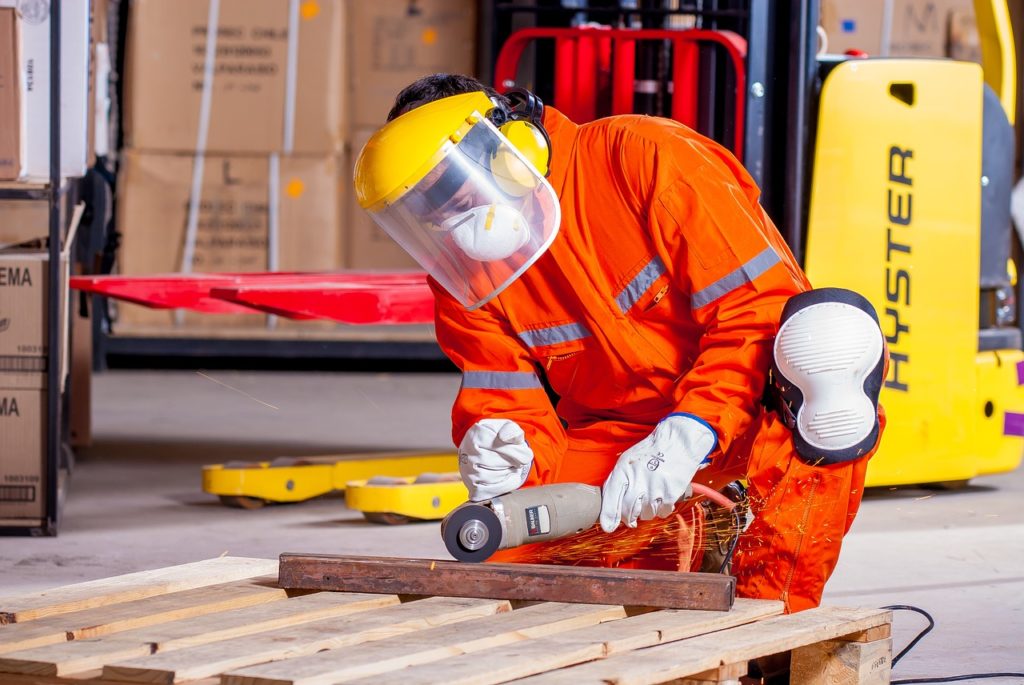
With our workforce that is aging, we expect injuries to increase. If we leverage new technology to make repetitive and difficult tasks automated, it will impact the safety concerns around the workplace which organizations are facing around the world. The U.S Labor of Statistics has recorded that more than 3 million work injuries that are non-fatal were reported in 2013 by industry employers.
The Boston Consulting Group also reported that manufacturers are going to accelerate the use of robots in the next decade in the U.S alone. The BCG predicted that 1.2 million robots are going to be deployed by 2025 across the U.S. It was also projected that within the short term, advanced robots will grow by 10% each year. Personal injury attorney Tampa agrees with these statistics that companies are taking automation seriously for them to become competitive.
The competitive nature of businesses usually brings about added pressure on workers for them to be more productive, which has been one of the major causes of workplace injuries. Let us look at three ways that modern machines have helped to reduce workplace injuries.
Redeployment of workers to safer regions in the warehouse
After the alarming reports by BLS statistics on workplace illnesses and injuries, personal injury attorney Tampa has seen some companies implementing different ways of making employee safety an important factor in the workplace. Companies have now given repetitive works to modern machines, and workers are now being deployed to other areas in the warehouse where it is safer to work from and they can engage with their work at a much higher level.
Safety has now increased in the last few years because of the reliability of automation and how it produces consistent work. In general, the safety of the workplace environment increases when the operator is not in the picture, and this helps you as an employer to place them in areas where they can be more valuable.
With the addition of modern machines, workers now have the chance to concentrate on jobs that require a lot of decision-making skills, imagination, and creativity, as opposed to the boring manual repetitive work.
The reduction of injuries due to strenuous motions
When the tasks at the workplace have ergonomic issues, like heavy lifting, repetitive motion, straining, physical stress and awkward postures, an employee can experience a lot of pain that can make it hard for them to continue with the task at hand. This has led several organizations to prioritize workplace ergonomics to reduce stress on the human body, as well as reduce the risk of developing disabling disorders of the muscle and skeleton tissue.
Companies have now deployed the use of automated-guided vehicles to follow a trained route with remote control. This enables drivers to become healthier, and have an ergonomic working environment. These modern vehicles improve the workplace safety while increasing accuracy, reducing operating costs & labor, and optimizing workplace processes.
Automation of processes to yield efficiency
Companies have now automated physically-demanding work to deliver high-speed delivery of services which translates to better production and efficiency. As humans, we don’t expect employees to be more efficient or to keep the same tempo of productivity as machines.
Warehouses are now using automated storage & retrieval systems to maximize the efficiency of their employees at the same time minimizing bending, reaching and searching. What is the net result? The faster process of retrieving goods, picking items accurately, and minimizing body strain.
In summary, placing employee protection and safety is as important as maximizing productivity and efficiency in the workplace. Companies are continuously relying on automation to be competitive, as employees have an advantage of working in workspaces that are safe. In the coming years, we are not going to ask questions like, “do you have modern machines automating your business processes?”, but we are going to be asking, “how are you implementing automation in your company?”